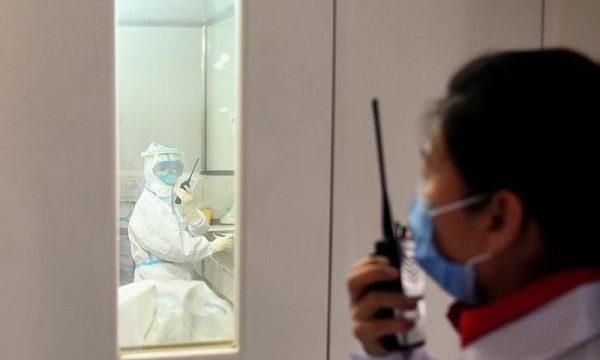
In a surprising development, the federal capital of Pakistan, Islamabad, has reported two cases of an exceptionally rare infectious disease known as Leptospirosis.
This bacterial disease, caused by Leptospira, is typically uncommon in Pakistan. We will discuss the details of these recent cases, the rarity of Leptospirosis in the region, and the urgent need for improved diagnostic facilities.
Leptospirosis: An Uncommon Infectious Disease
Leptospirosis, a bacterial disease, has made a rare appearance in Islamabad. Prof. Dr. Nasim Akhtar, head of the infectious diseases department at PIMS, emphasized the rarity of these cases, highlighting Leptospirosis as an uncommon bacterial disease in Pakistan.
Understanding Leptospirosis
Leptospirosis is emerging as a global public health threat due to increasing morbidity and mortality rates in both animals and humans. It is often associated with outbreaks following monsoon rains, where Leptospira bacteria are washed off into contaminated soil and water bodies.
Diagnostic Challenges in Pakistan
One of the challenges in dealing with Leptospirosis in Pakistan is the absence of Polymerase Chain Reaction (PCR) tests and Leptospira antibody tests at critical medical facilities like PIMS and the National Institute of Health (NIH) in Islamabad. This absence complicates the timely detection and confirmation of Leptospira infections.
Confirmation and Treatment
Both patients were diagnosed clinically, and their samples were sent to the Armed Forces Institute of Pathology for confirmation. A ‘four-fold rise in Leptospira antibodies’ confirmed the infection by this rare pathogen.
Dr. Nasim Akhtar emphasized that Leptospirosis is treatable with antibiotics, underscoring the importance of timely detection and confirmation.
Addressing the Diagnostic Gap
While highlighting the urgency of diagnostic tests for Leptospirosis, healthcare professionals stress the need for Leptospira PCR and antibody tests at PIMS and NIH Islamabad. These tests are essential for prompt detection, crucial for timely treatment, and saving lives.


